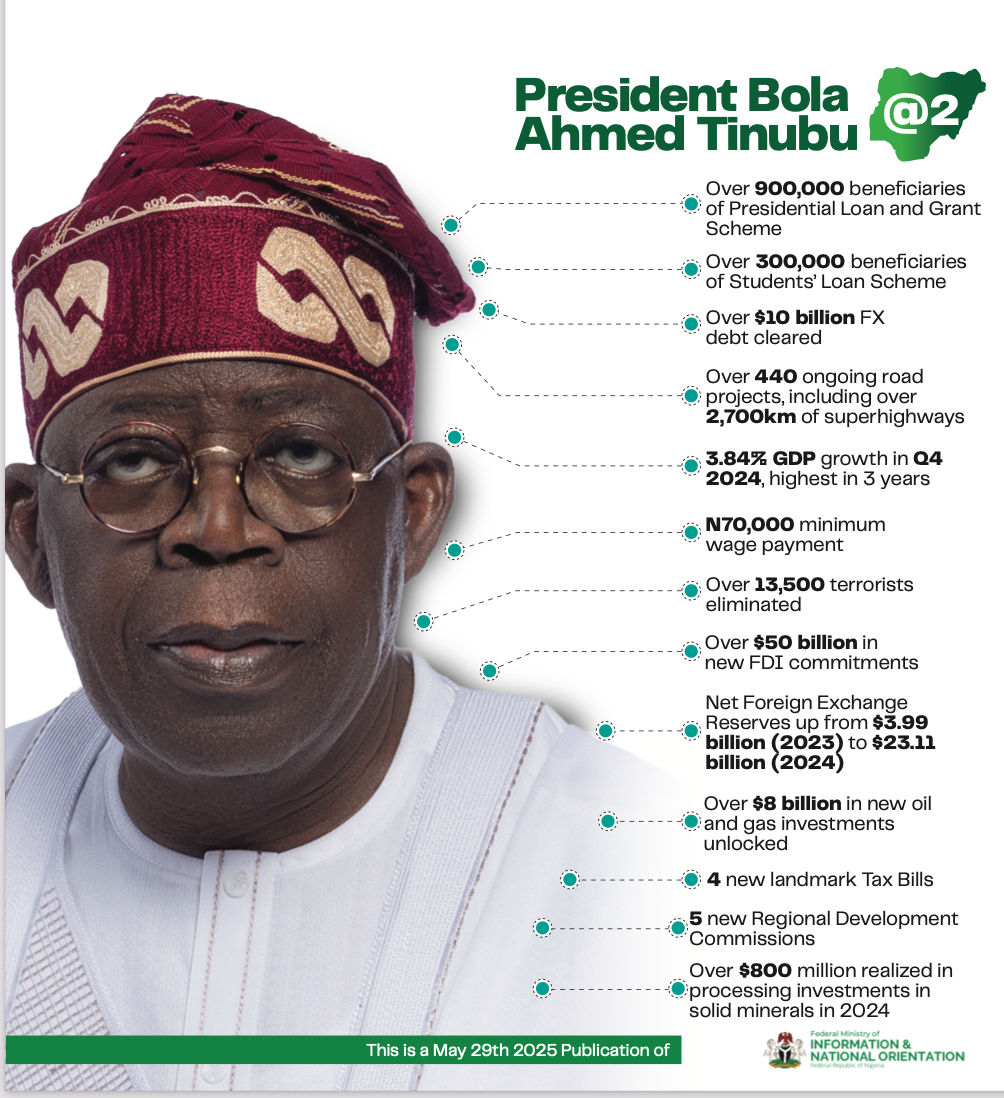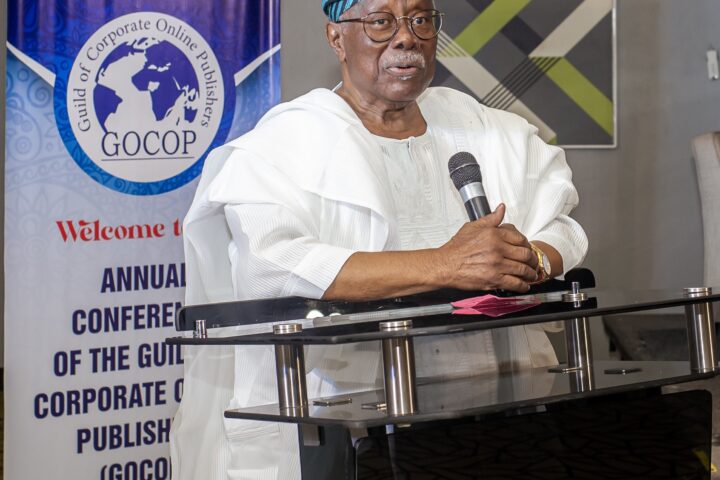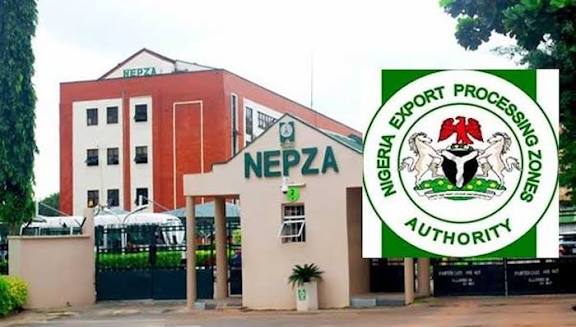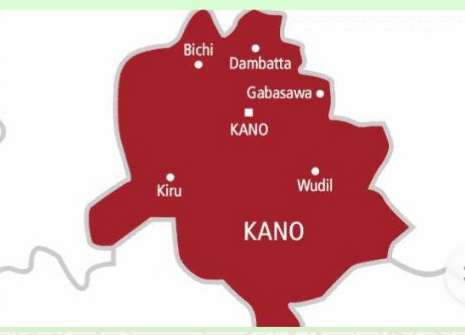
Africa accounted for $767 billion global mobile money transaction in 2020,representing 64% of the value of the transactions within the period,a report by CR2,has report.
The report is titled,’CR2 Market Insight: African Banking and Payments Trends’
The transactions which passed the half a billion mark,was spurred by the COVID-19 pandemic,the report said,adding that development the prospect for growth of mobile transaction in the continent is very promising.
Traditional banking and payment channels, like ATMs and POS also show an upward trend, highlighting the wide range of needs of the African population.
According to the report,In Botswana, both the volume and value of transactions at ATMs and POS show a steady increase year-on-year.
It said,in January to March 2018, the number of ATM transactions stood at 9.979 million rising to 15.241 million transactions in the first quarter of 2020,adding that POS figures show similar growth, with 9.986 million transactions being recorded in the first quarter of 2018, rising to 15.423 million transactions in the first quarter of 2020.
In Kenya, one of the leading mobile money markets, ATM and POS transactions took a slight dip at the onset of the COVID-19 pandemic, but they have bounced back and continue to show an upward trend,it added.
It said:”While card penetration in Africa lags behind the rest of the world, this too is showing growth. For example, the number of cards issued in Ghana rose by 11% year-on-year from 2018 to 2019, with the volume of transactions rising by 51%. But this growth occurred alongside a steep uptake in the volume of mobile money transactions (a year-on-year growth of 39%) highlighting consumers’ appetite for a variety of payment methods and channels.
“This is a trend we see reflected across the continent and highlighted in a McKinsey study that includes the results from their Covid Africa Consumer Pulse Survey conducted in April last year, showing the likelihood of increased or decreased use of particular banking channels. Using Nigeria, Kenya, Nigeria and South Africa as examples, it predicts a significant growth in both online and mobile banking”
The report admonished banks to ensure that they reduce the barrier of entry for their customers – or potential customers – regardless of their location, income, or literacy level by offering a broad range of banking channels and instruments for payments.
It said within the various markets, a number of market enablers and the interplay between them affect consumer uptake of different channels,including regulatory requirements, existing card penetration and mobile penetration.
It added:”In countries like South Africa where traditional banking channels have an existing stronghold and card penetration is high, there are a low demand and uptake of digital wallet offerings, despite high mobile penetration.In Nigeria, for example, slow adoption of regulatory and policy requirements stunted the mobile money market, while in Kenya, where the regulatory stance was more hands off, mobile money grew quickly and continues to rise.
“In many countries, a change in government policies at the onset of the COVID-19 pandemic, when lockdowns were implemented and bank branches were closed, helped to spark a surge in digital banking, mobile money customers and transactions.In Rwanda, the Central Bank introduced a variety of policy changes, including free transfers between bank accounts and mobile wallets; free mobile money transfers; zero merchant fees for mobile POS contactless transactions; and increased transfer limits. This resulted in a 450% increase in person-to-person payments; a 200% increase in the number of people using mobile payments; and a 700% increase in the weekly value of funds being spent digitally at merchants.
“Access channels and reach are also essential considerations for banks, particularly as a driver for financial inclusion. For much of Africa’s rural population, the proximity of a banking service or payment channel determines their habits. For many, an agent will be their nearest financial service access channel, followed by POS, ATM, Post Office and then branch. The more significant the service offering, the further away it is. This again emphasises the need for banks to offer an array of channels.The fact that a large portion of Africa’s population is underbanked or unbanked, also underlines the need for a full range of services, from basic cash in, cash out and person-to-person transfers through to more enhanced services, including electronic payments such as debit orders, insurance offerings, access to credit and customer loyalty programmes”.





















